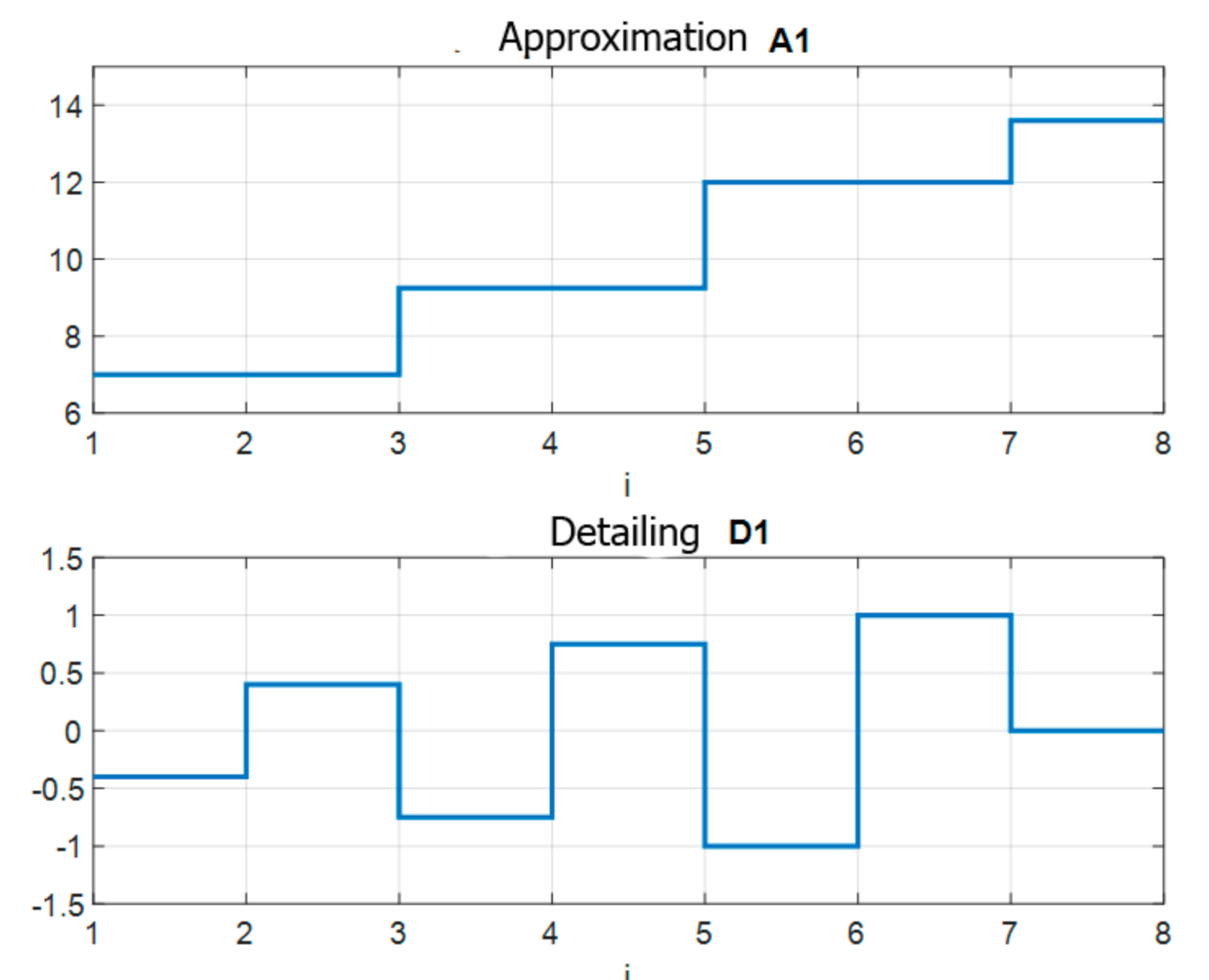

If x is complex-valued, wt is a 3-D matrix, where the first page is the CWT for the positive scales (analytic part or counterclockwise component) and the second page is the CWT for the negative scales (anti-analytic part or clockwise component). The column size of wt is equal to the length of x. If x is real-valued, wt is a 2-D matrix where each row corresponds to one scale.

The minimum and maximum scales are determined automatically based on the energy spread of the wavelet in frequency and time. The CWT is obtained using the analytic Morse wavelet with the symmetry parameter (gamma) equal to 3 and the time-bandwidth product equal to 60. The input, x, is a real- or complex-valued vector, or a single-variable regularly sampled timetable, and must have at least four samples. Wt = cwt( x) returns the continuous wavelet transform (CWT) of x.


Subplot(1,2,1) imshow(Input_Image) title('Input Image') =dwt2(Blue_Input_Image,'haar') įirst_Level_Decomposition(:,:,1)= įirst_Level_Decomposition(:,:,2)= įirst_Level_Decomposition(:,:,3)= įirst_Level_Decomposition=uint8(First_Level_Decomposition) %Apply Two Dimensional Discrete Wavelet Transform As with other wavelet transforms, a key advantage it has over Fourier transforms is temporal resolution: it captures both frequency and location information (location in time) Matlab code for Discrete Wavelet Transform %Read Input Image In numerical analysis and functional analysis, a discrete wavelet transform (DWT) is any wavelet transform for which the wavelets are discretely sampled.


 0 kommentar(er)
0 kommentar(er)
